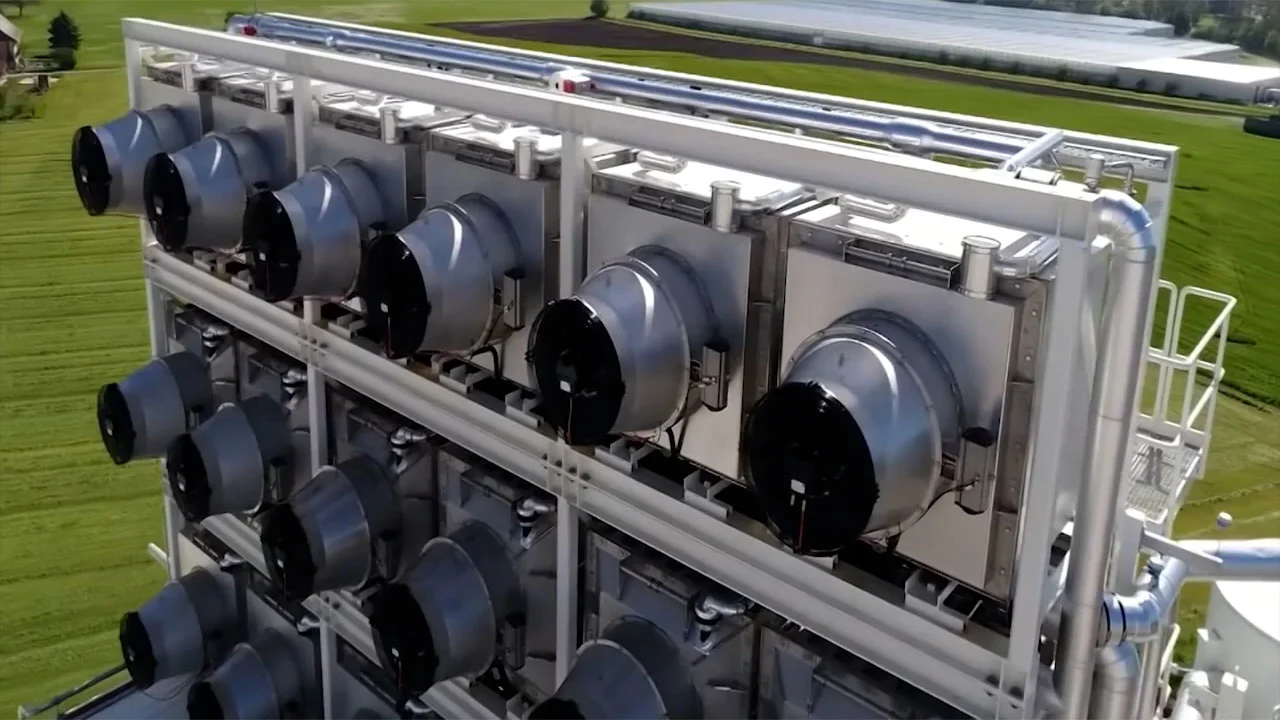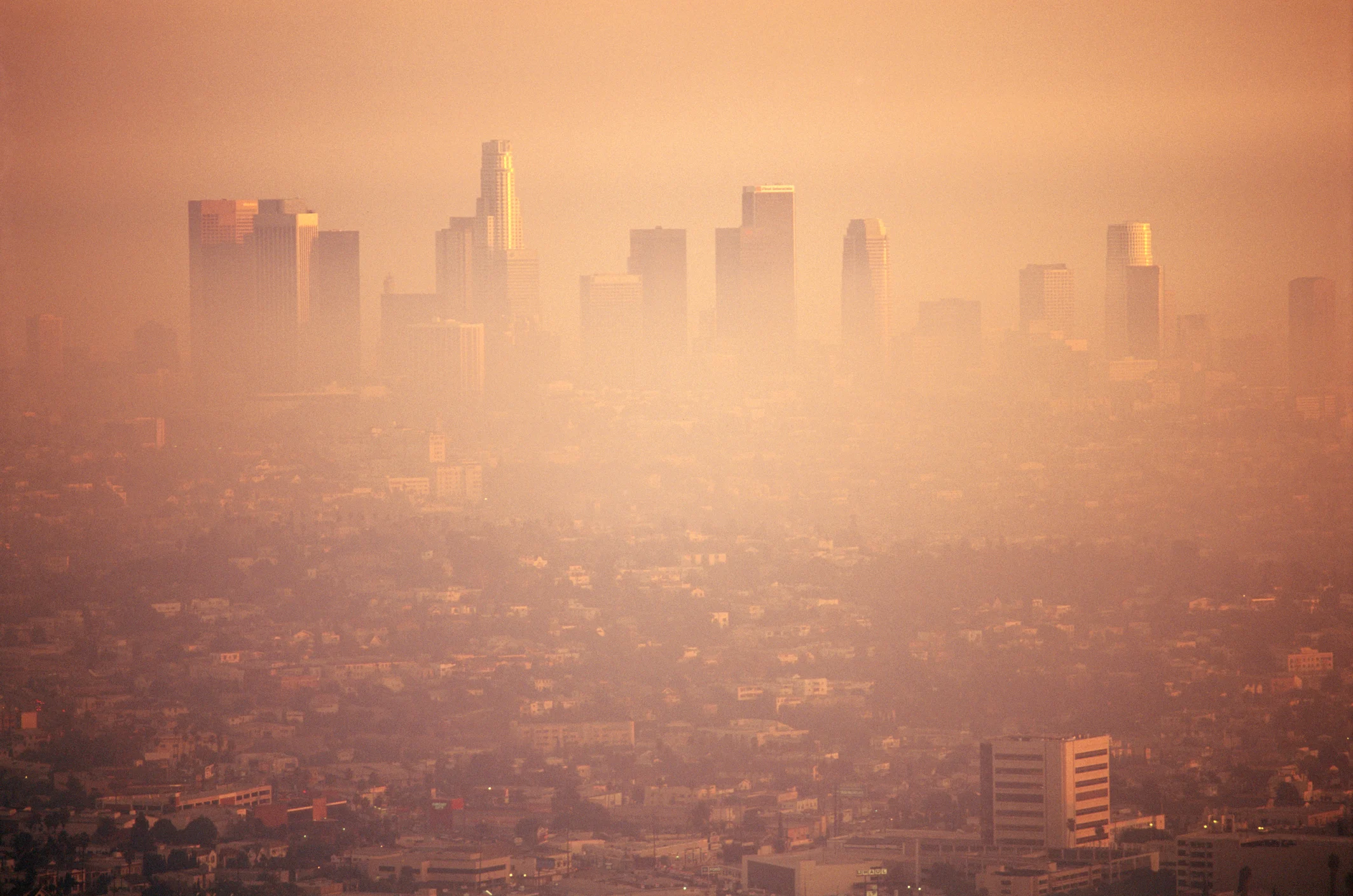
Are carbon-sucking vacuums really the best way to curb climate change?
Some experts say that efforts should be focused on eliminating fossil fuels before focusing on carbon capture.
There is a growing interest in carbon sequestration projects and California’s state government is considering the installation of giant vacuums that will literally suck carbon out of the air.
This new technology has been developed by Carbon Engineering, a direct air capture company based in British Columbia. To test the grounds, they are currently working on a carbon sequestration project tailored for Occidental Petroleum in Texas.
Before spending $14 billion USD a year, and building a complex network of pipelines to transport the captured emissions underground, California Government officials want to see solid results coming from the Texas testing site.

Smog over Los Angeles, California, USA. (Robert Landau. Corbis Documentary. Getty Images)
If vacuums end-up being installed, the goal is to lower carbon dioxide concentrations in the atmosphere, thus reducing global warming which causes climate change. California is considering installing such vacuums to reach the goal of becoming a carbon neutral state by 2045.
While greenhouse gases have been on a downward trend in the Golden State, experts are split on how best to meet the ambitious targets. Some think that at this point, meeting ambitious carbon neutrality goals will have to include technologies that remove carbon from the air.
Mark Jacobson, a professor of Civil and Environmental Engineering at the University of Stanford, has some valuable thoughts on the implementation of this revolutionary plan.
Watch the video above to see this expert’s take on carbon-sucking vacuums.
Thumbnail credit: Carbon Engineering












